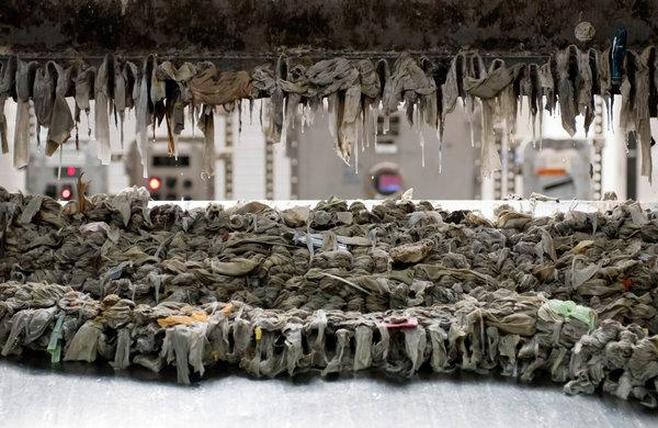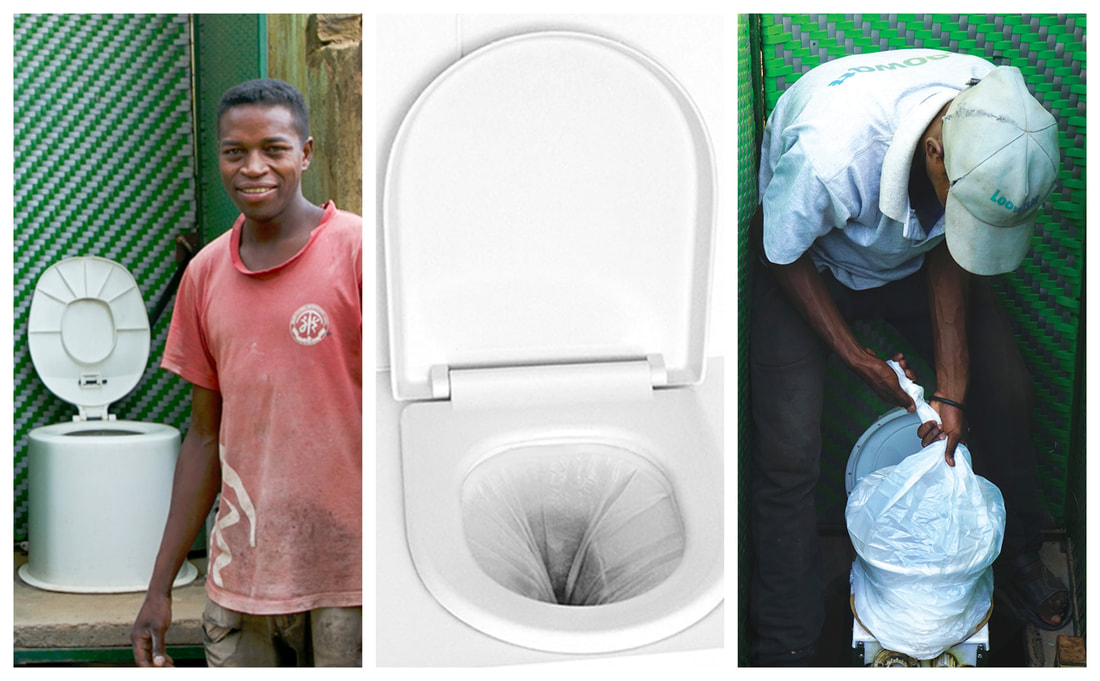|
A mechanical rake collecting solid waste (Karsten Moran for The New York Times). Both sewers and on-site sanitation systems face increasing challenges due to climate change, as highlighted by recent droughts and floods in global cities such as Cape Town and Jakarta.[1] 29% of the world’s population is served by basic sanitation: Latrines and septic tanks where waste is untreated, spreading disease rampantly, especially in floods.[2] For the 38% with access to sewers, a whopping 25% of those actually don’t lead to safe treatment.[3] And in a world where two-thirds of the population will be living in water-stressed areas by 2025,[4] more sewers won’t be the answer. For 21st Century solutions to deliver on the promise of Sustainable Development Goal 6.2—delivering safely managed sanitation, while protecting the world’s scare water resources—we need to look beyond sewers and latrines. After all, when we take away the sewers, the sanitation challenge is to transport fecal waste from household to treatment and to deal with the “un-flushables,” foreign solids, that are inevitably disposed of in toilets whether on-site or sewered. We need to consider how we integrate fecal sludge management into broader solid waste management. Solid waste and human waste often travel together. In the UK, Thames Water has said that it clears five blockages from its sewer network every hour, and removes 30 tons of diapers, menstrual hygiene products and baby wipes that were flushed down toilets into its network every single day.[5] In countries with weaker fecal and solid waste management, this waste travels down waterways: It should not be surprising that 90% of the world’s ocean plastics come via 10 rivers, 8 in Asia and 2 in Africa: Regions with growing populations where waste systems lag behind.[6] What can municipalities do with these filthy traveling companions? At Loowatt, we have been thinking about these problems, and how we can link up solutions. Because our sanitation technology uses polymer film to facilitate a waterless flush and clean servicing, we developed the mIBS pre-processing equipment, a flexible, mobile machine, that separates polymer film, as well as “un-flushables,” for separate treatment. The organic waste stream is then ready for pumping direct to anaerobic digestion or other value-generating treatment. We have discovered many benefits to this approach. Not least, Loowatt can accept the inevitable reality of menstrual hygiene products—an oft-maligned challenge for most toilets. The separated film and “unflushables” then comprise about 2% of Loowatt’s waste stream, and must also be treated in appropriate closed-loop systems. Early on, Loowatt worked with a polymer film that dissolved in anaerobic digestion in 7 days, but production ceased. After switching to partially digestible and fully compostable films (European standard EN13432), in 2018 we began testing dual material approaches—compostable film sent for industrial compost, and polyethylene film sent for recycling. The latter option posed some technical challenges as the film output, while dry to the touch, is still fecally contaminated. Both, however, proved feasible and are now being analysed for cradle-to-cradle lifecycle. From the standpoints of both logistics and technology, integrating fecal sludge and solid waste management offers great opportunities: linking up collection systems, optimising energy yields from co-digesting organic wastes, and applying appropriate treatment to all non-organic wastes. Domestic waste collection has proven successful in many municipalities, with “zero waste cities” starting to happen, and emerging market cities stepping up waste collection through results-based financing from the World Bank. With the right mix of logistics and technology, fecal sludge from waterless toilets and solid waste from households could both be on the road to reuse and recycling systems, to ensure a cleaner future. Loowatt are attending Word Water Week in Stockholm. We will be exhibiting alongside the RELX Group (Norra Latin, Ground Floor, MV7) and are grateful for their support since winning the RELX Group Environmental Challenge in 2016.
Footnotes [1]https://www.ft.com/content/7c748386-8f95-11e8-b639-7680cedcc421, https://www.bbc.co.uk/news/world-asia-44636934 acc. 18/08/18 [2] JMP Report, Progress on Drinking Water, Sanitation and Hygiene, 2017 [3] Ibid. [4] http://www.un.org/waterforlifedecade/scarcity.shtml acc. 18/08/18 [5]https://www.bbc.co.uk/news/av/uk-england-london-45200046/the-unflushables-blocking-london-s-sewers acc.22/08/18 [6]https://www.scientificamerican.com/article/stemming-the-plastic-tide-10-rivers-contribute-most-of-the-plastic-in-the-oceans/ 18/08/18
1 Comment
14/4/2023 08:18:30 am
Nice Blog post!! The content you have shared is very insightful. Thank you so much for sharing such valuable information with us..
Reply
Your comment will be posted after it is approved.
Leave a Reply. |
Toilets |
|



